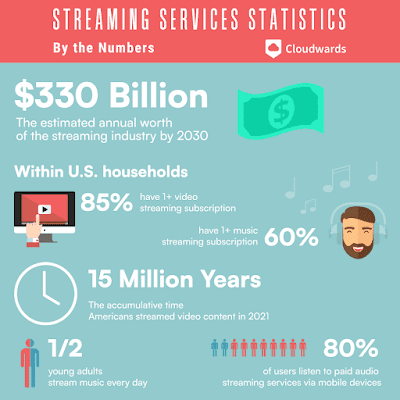The FUTURAMA Ride Video premiered in 1964 at the New York World's Fair. This video presented six key topics that envisioned an optimistic future, focusing on technological advancements, urban planning, and transportation.
Beginning with innovations in transportation, the ride featured futuristic concepts like elevated highways and automated vehicles.
Visitors were introduced to state-of-the-art technologies that hinted at future innovations, such as robotics and smart homes.
This ride has had a lasting influence on the world, with some of its predictions having turned into reality by 2024.
The visual narrative conveys a sense of feeling lost and isolated from others, underscoring how contemporary life can lead to loneliness, even amidst constant technological engagement.
The lyrics in the video articulate the struggle to find purpose amid the noise and distractions of modern life. The song urges viewers to acknowledge and empathize with the shared experiences of others.In summary, this video serves as a stark representation of how technology has overwhelmed society.
After viewing these videos, I realized that I am often surrounded by people experiencing feelings of isolation, and there are times when I relate to the sentiments expressed in the second video.
I strive to turn my phone off when spending time with family and friends to foster deeper connections. However, with my long-distance boyfriend, I find myself using my phone more often than I'd prefer.
Sundays are reserved for catching up with my family and friends back home, where I may call up to seven people for about 30 minutes each. Although this adds up, I consider it valuable time.
In general, while my relationship with technology could improve, I believe I maintain a good balance between using it as a tool and for enjoyment.
People utilize technology for work, gaming, photography, socializing, and social media.
However, individuals could be on a screen for around nine hours each day, given their 9-5 jobs, TV, or video games.
They could use that time to connect with colleagues, family, or friends, yet they often choose otherwise.In essence, technology plays a beneficial role in my people's lives but also presents challenges for family time and personal connections.
We must remain vigilant about the potential dangers of technology, such as the risk of getting engrossed, falling victim to hacks, scams, or posting harmful content.
Technology has significantly improved many aspects of the world, such as streamlining work processes, enhancing communication, and increasing transportation efficiency, among other advancements.
Navigating the complexities of technology use is challenging. Younger generations, who have grown up immersed in these advancements, may be less cautious. In contrast, older generations tend to be more skeptical and aware of these risks.Leveraging the benefits of technology is crucial, yet we must approach it with caution.
.jpg)












.jpg)

.jpg)
.png)






.jpg)





.png)








.png)







_on_Tennessee_River_-_NARA_-_5289791_restored.jpg)




.jpg)
.jpg)
